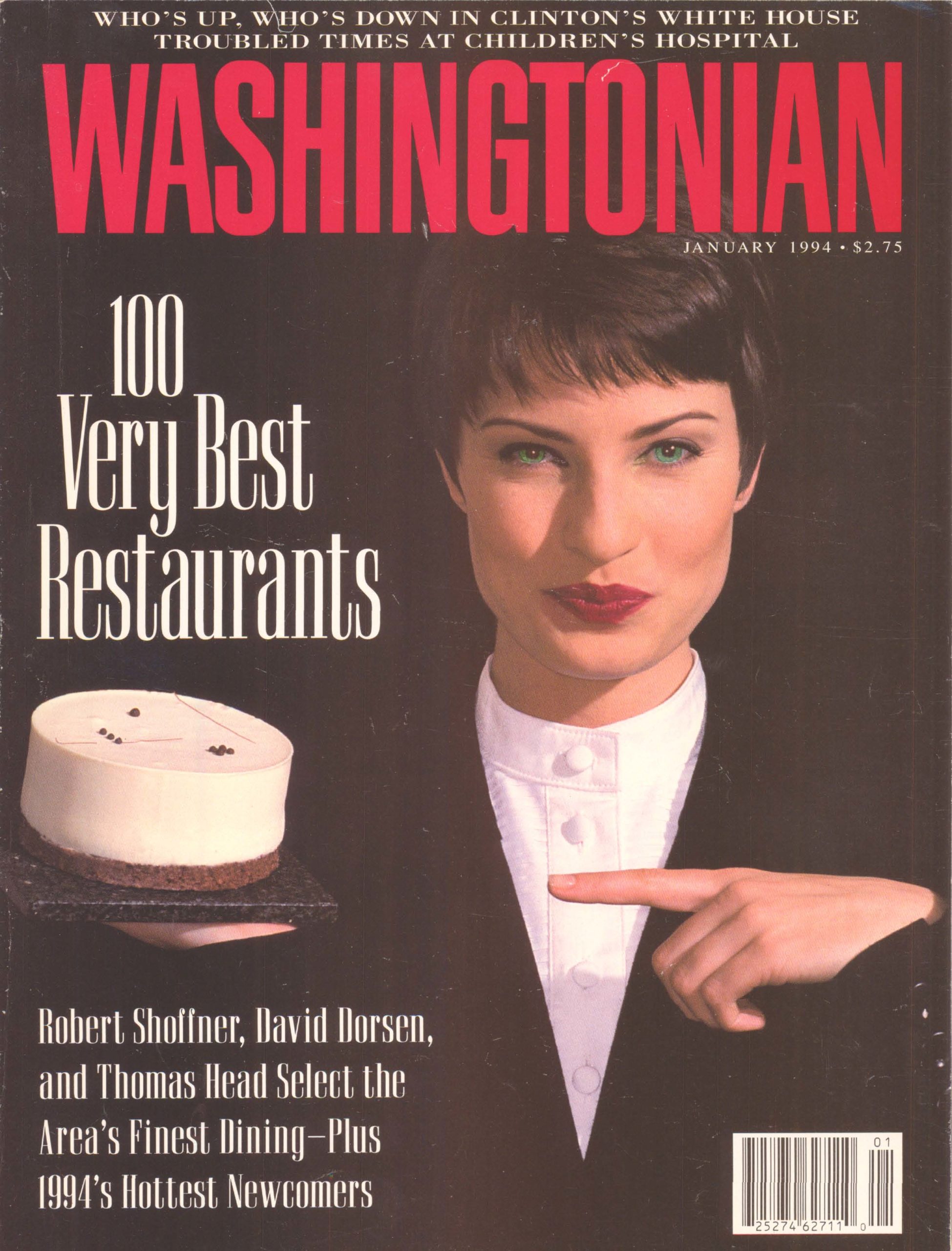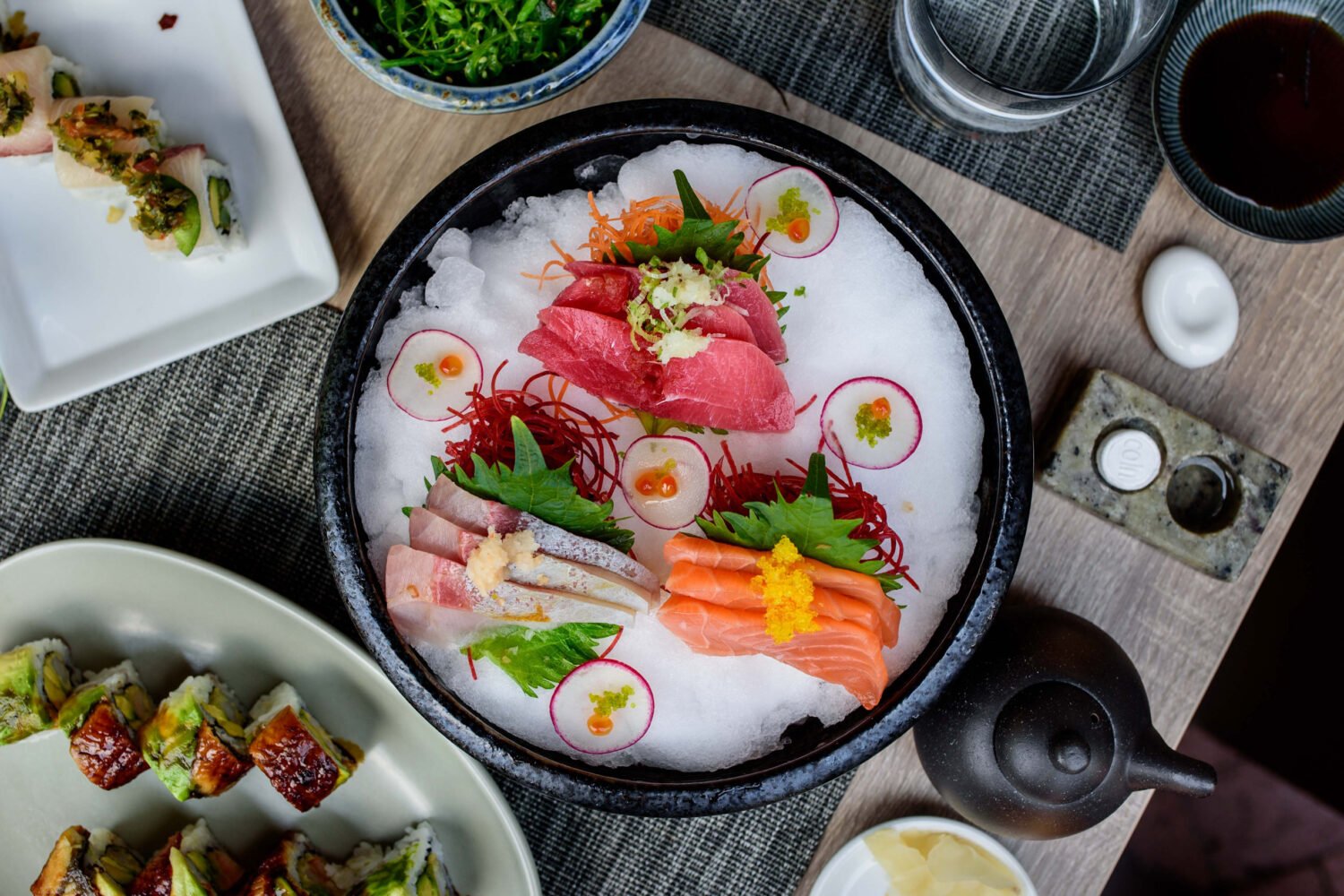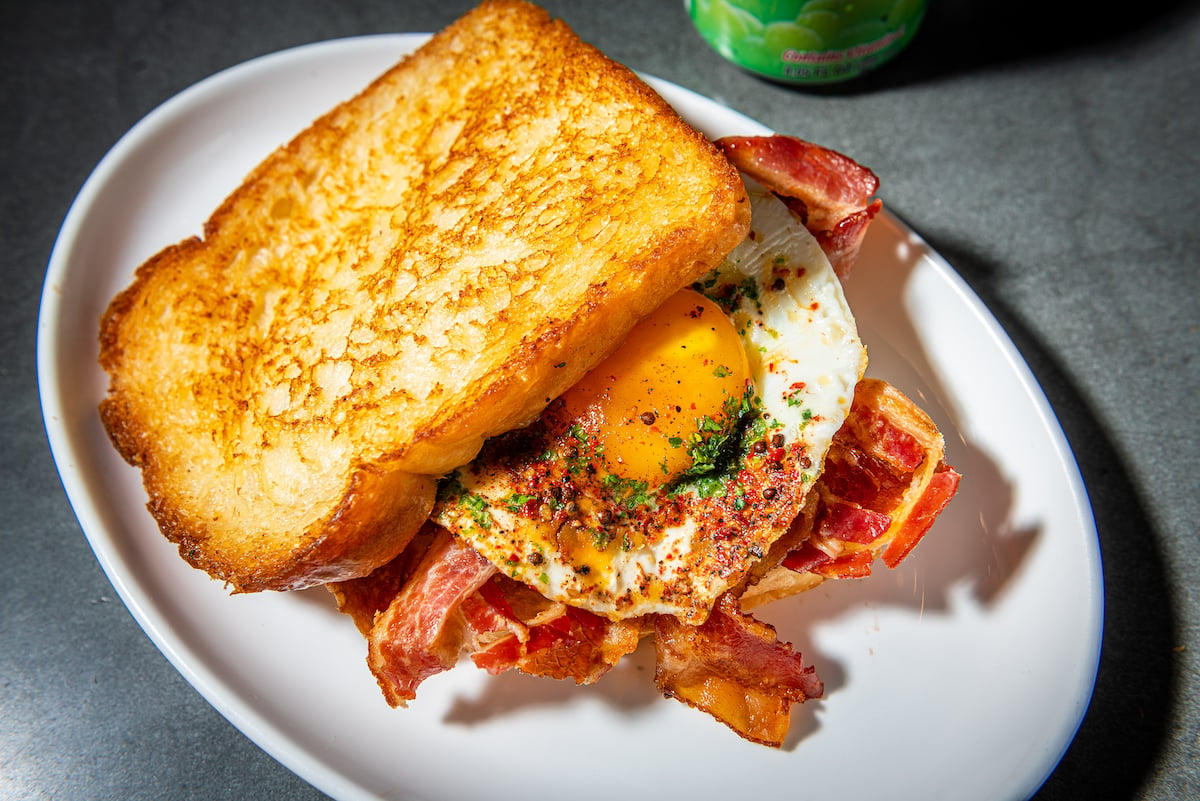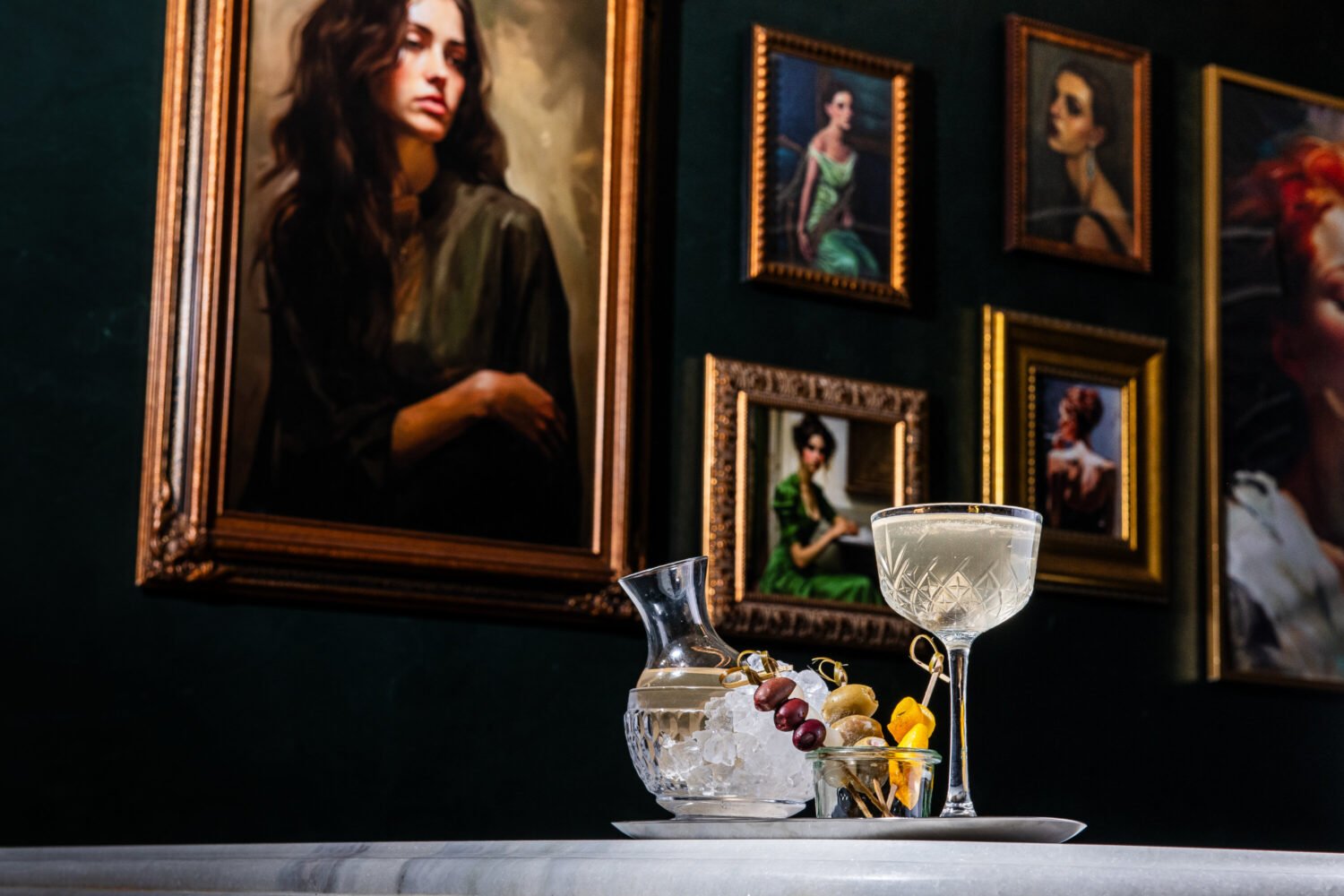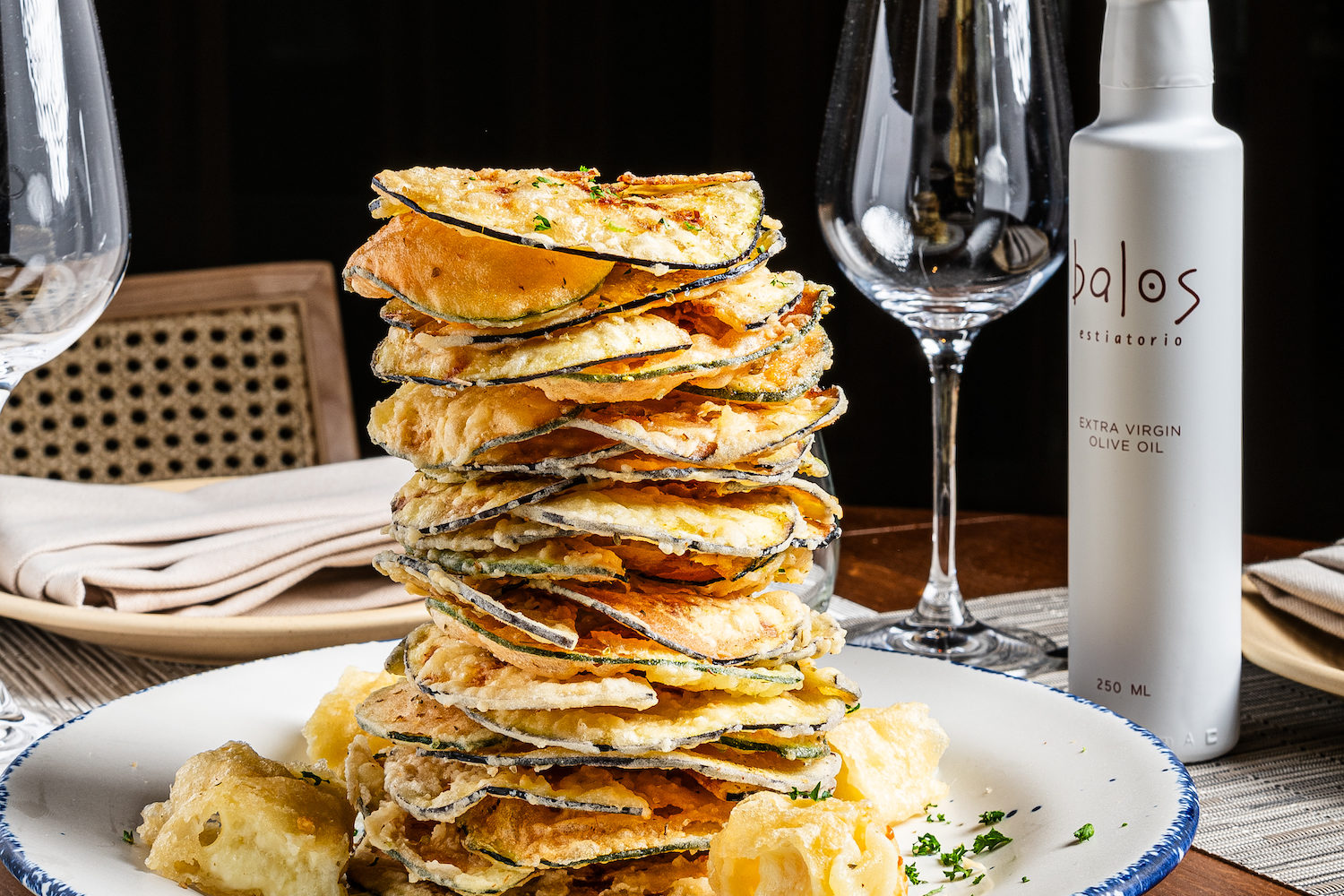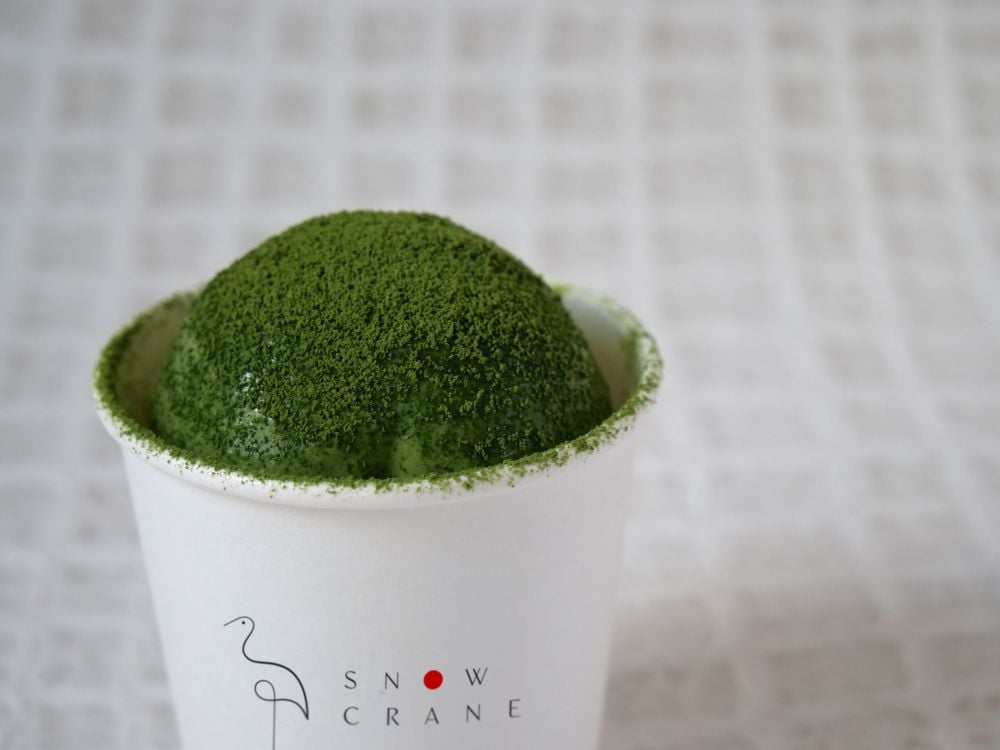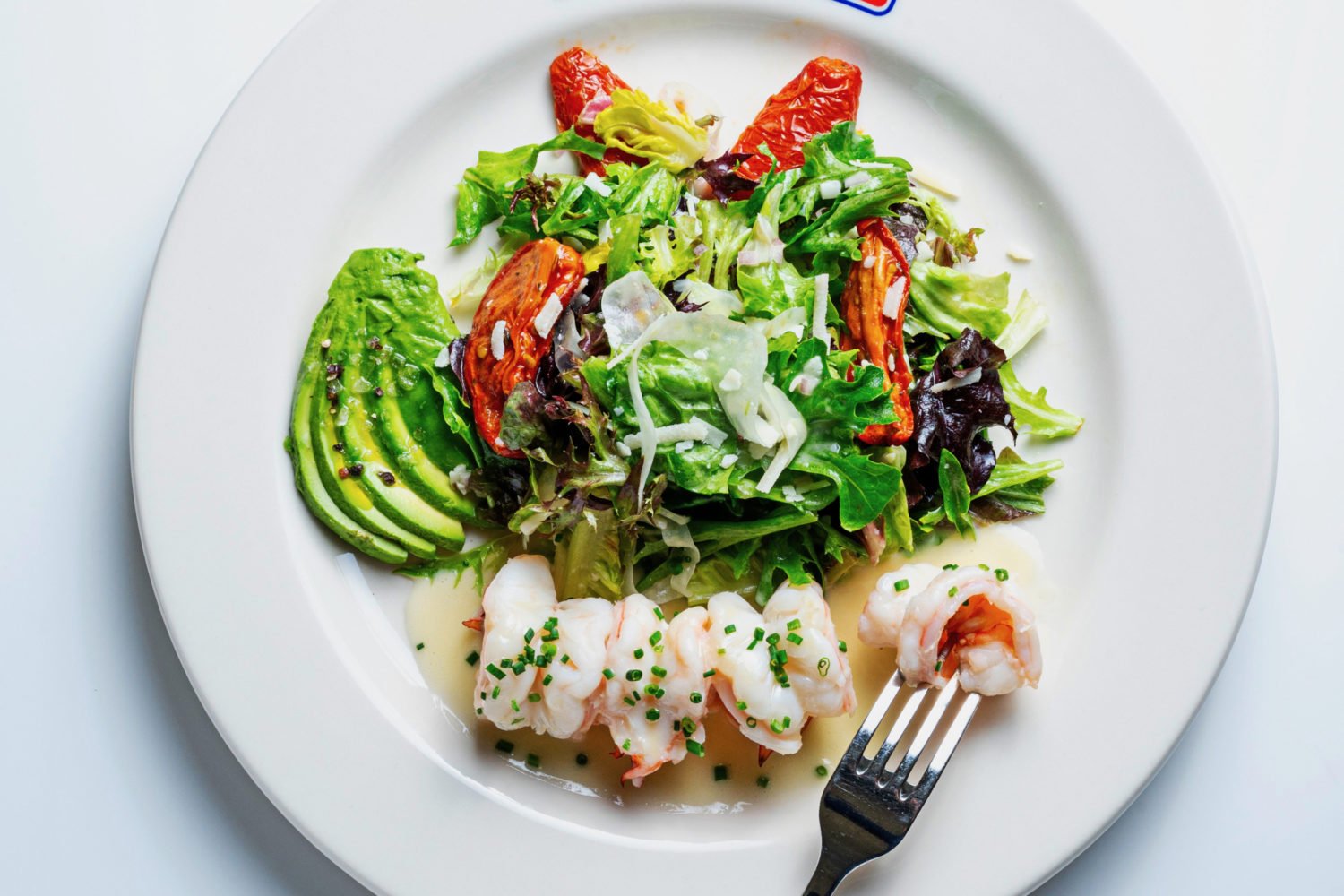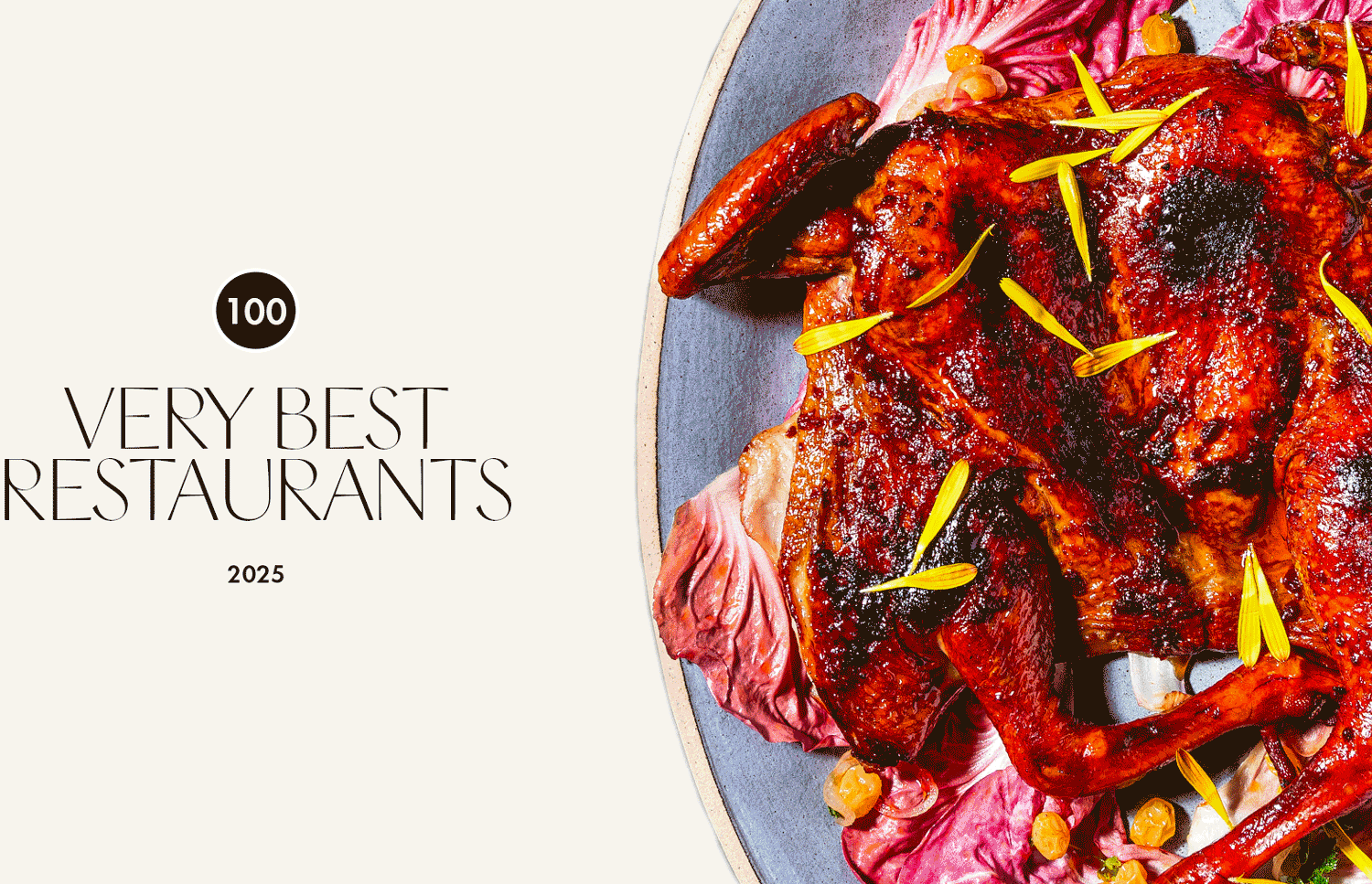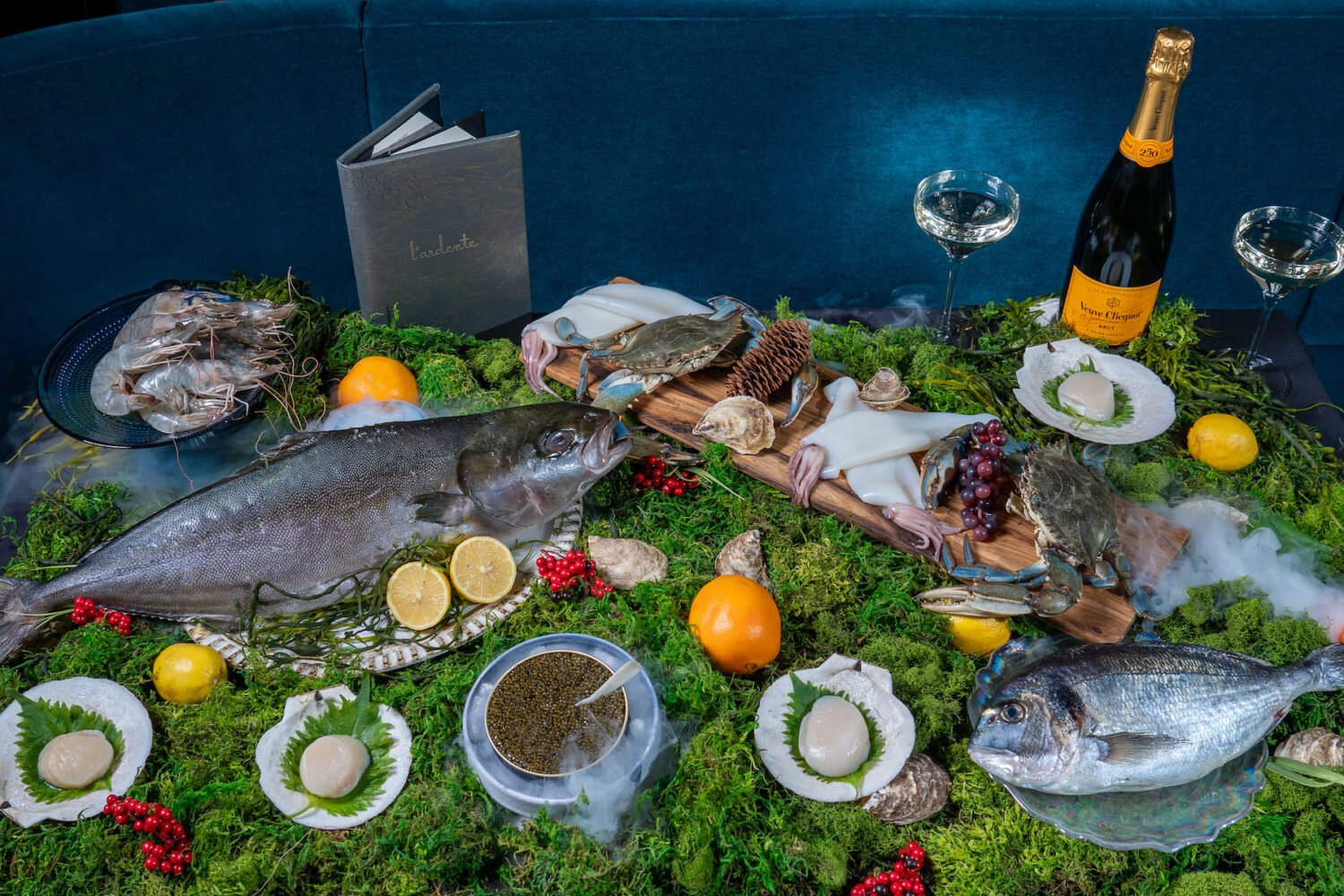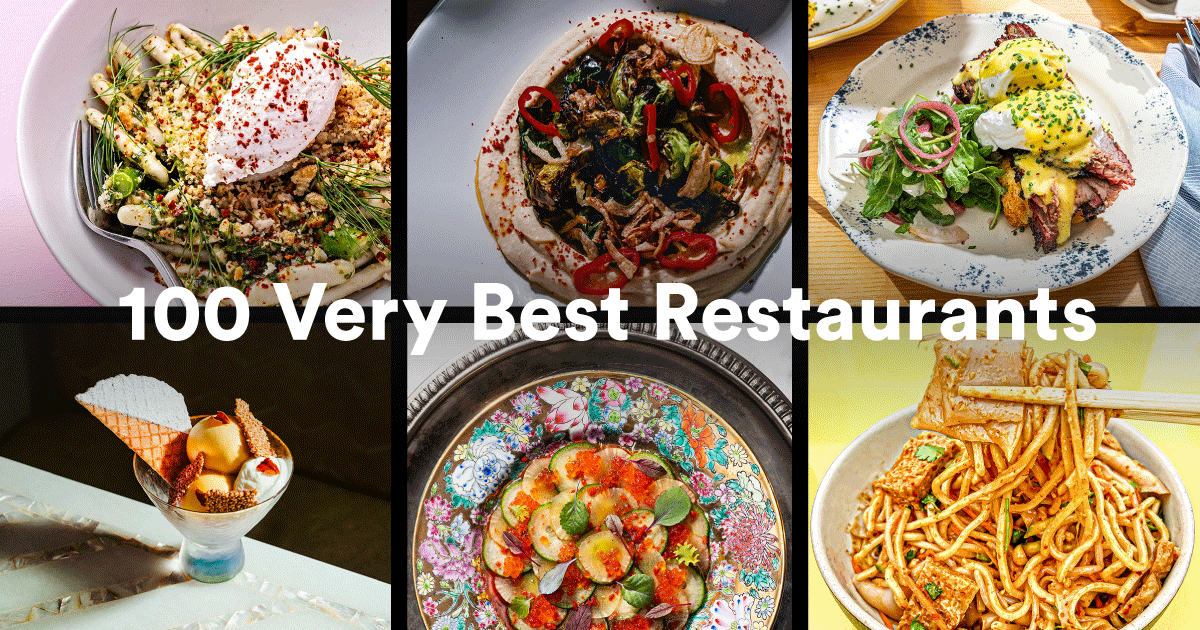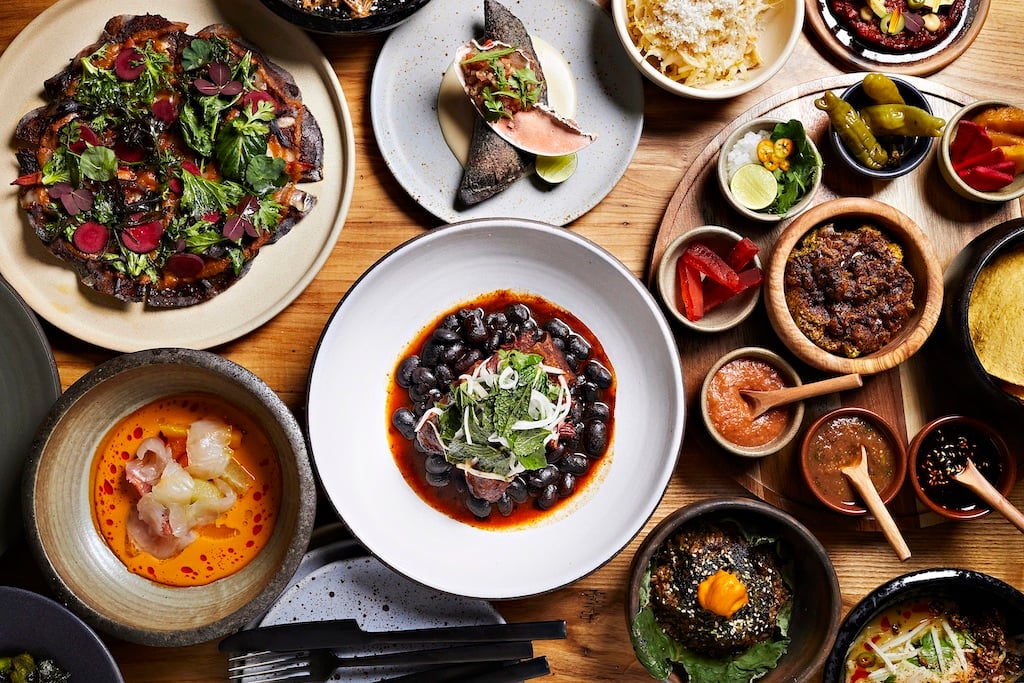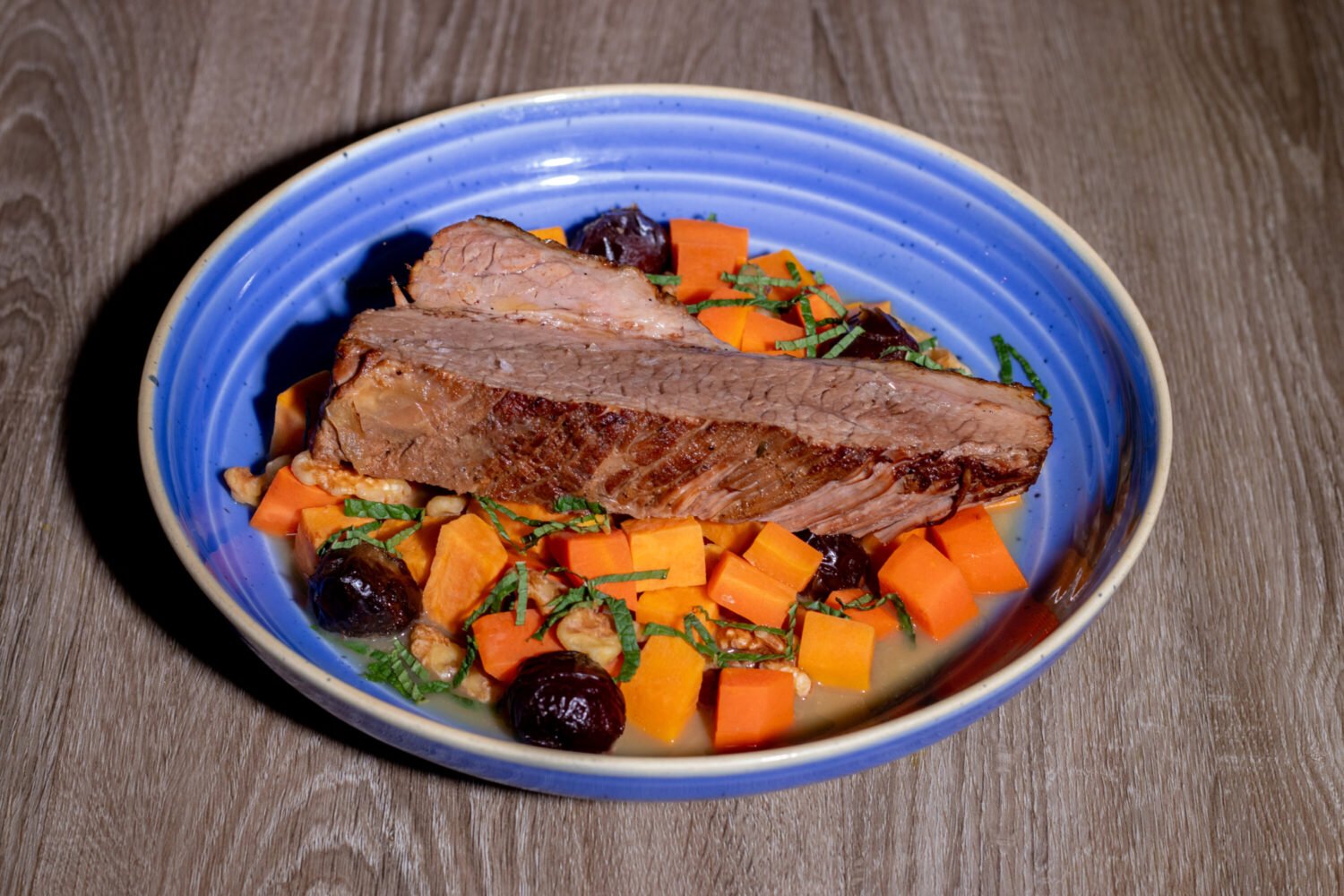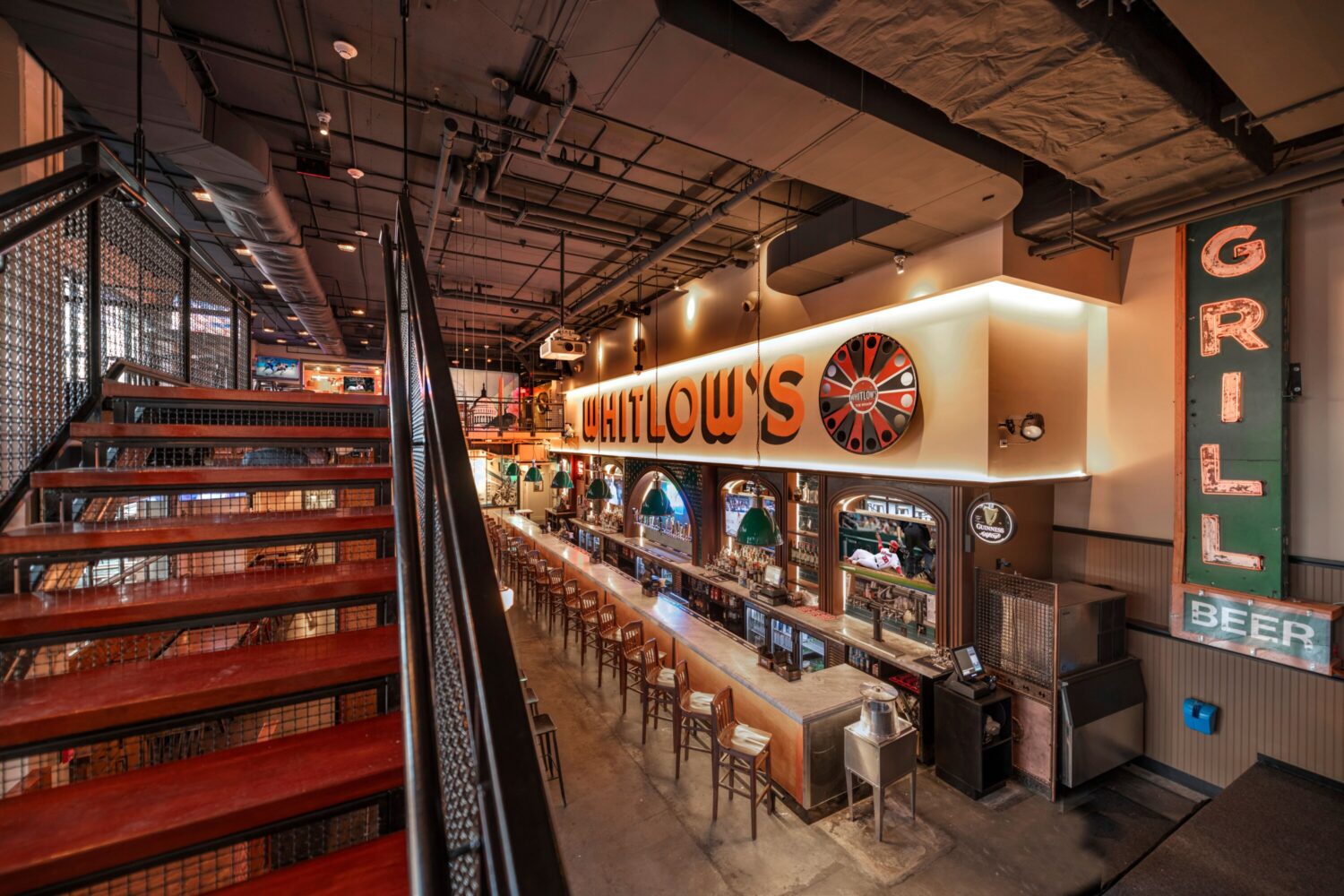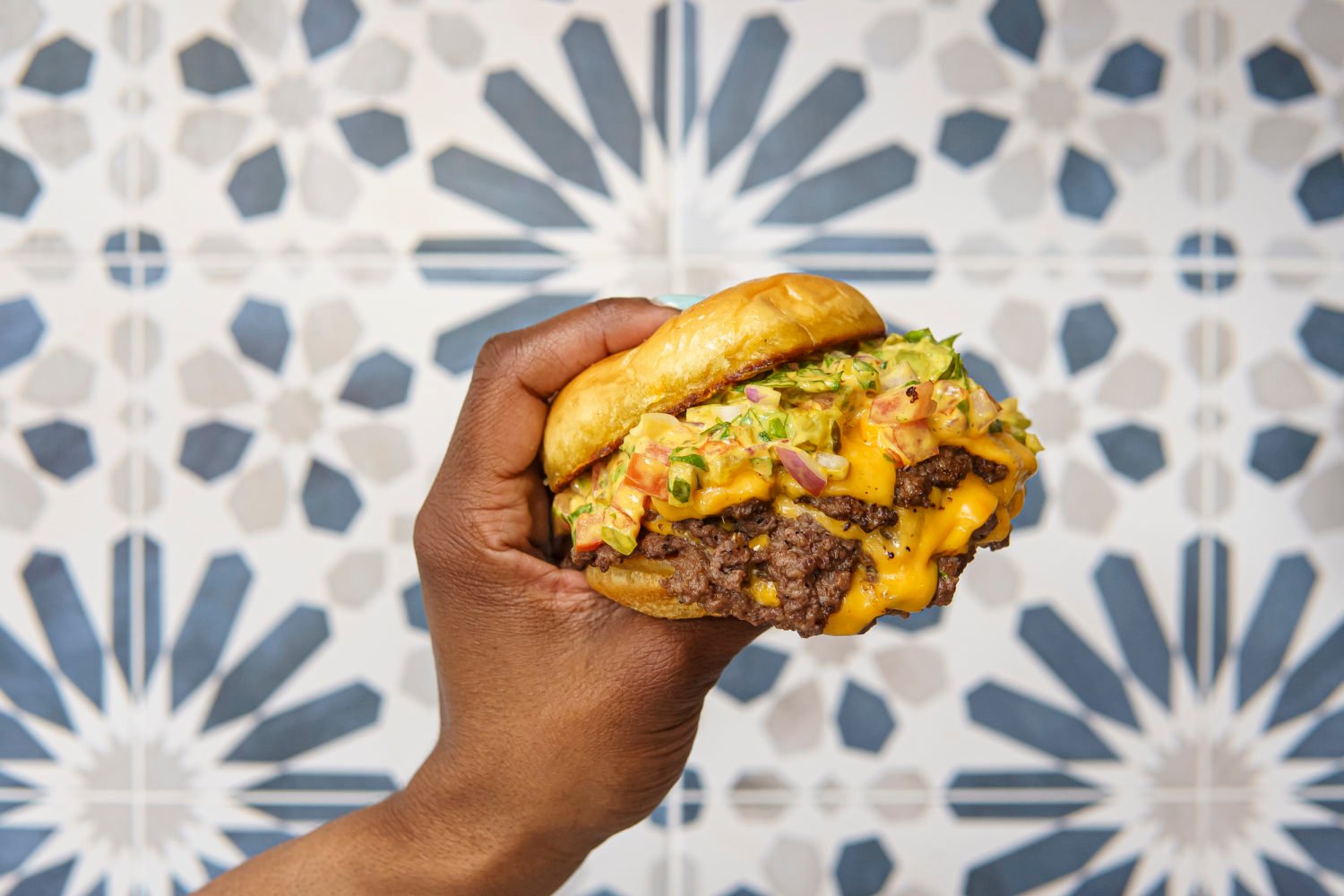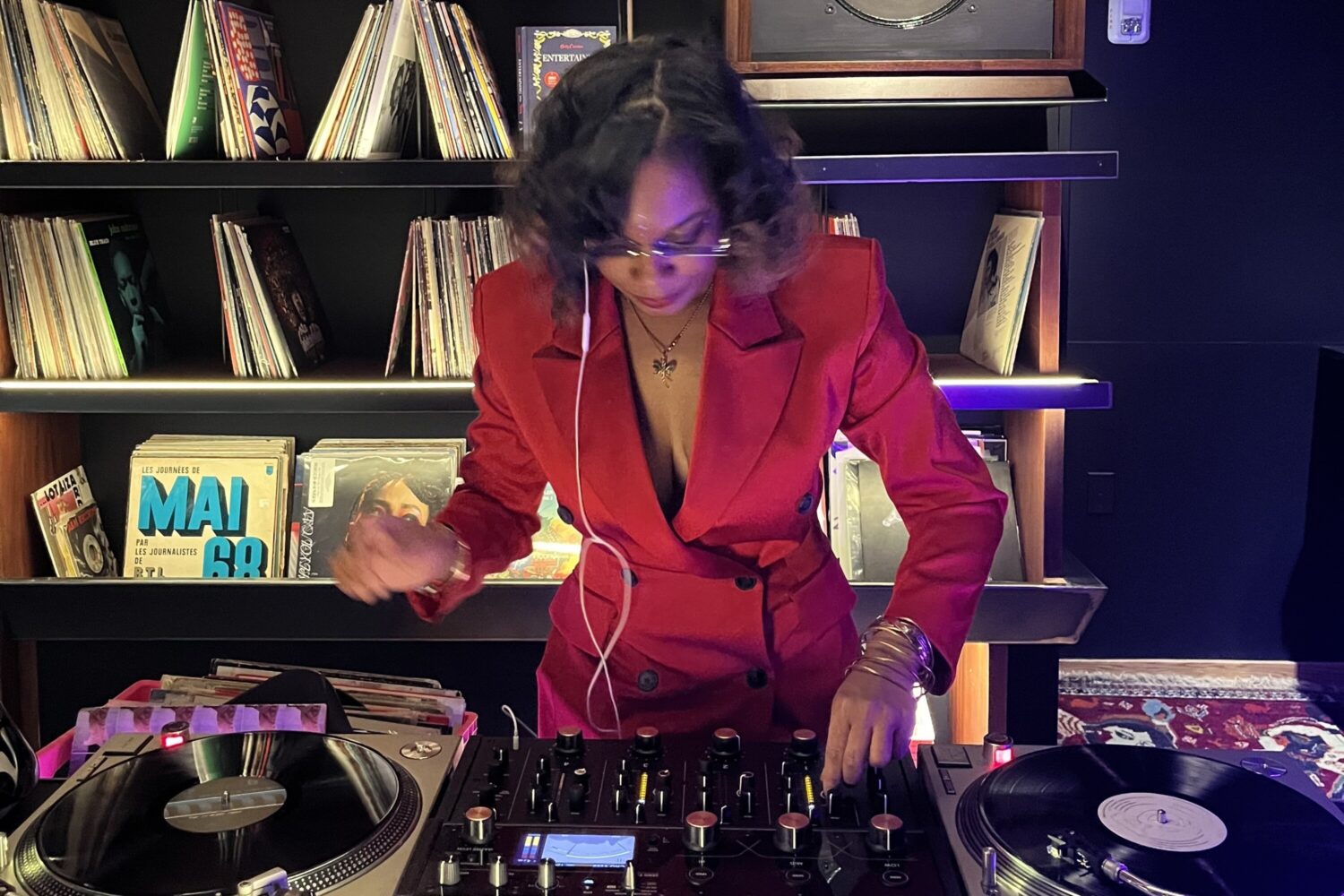You can see it in their faces: chefs Scott Drewno, Danny Lee, and Angel Barreto did not expect Anju to claim the top spot in this year’s 100 Very Best Restaurants ranking. (“Yahtzee!” Drewno says when he learned the news.) We can understand their surprise; In 13 years of rankings, Washingtonian has always awarded the #1 slot to very expensive fine-dining restaurants.
WATCH: We were there when Anju's Danny Lee, Angel Barreto, and Scott Drewno found out their restaurant was No. 1 on our 100 Very Best Restaurants list for 2020 https://t.co/TL4ofTejWO #yahtzee pic.twitter.com/l6mDiZL7hu
— Washingtonian 🌸 (@washingtonian) January 22, 2020
Until now. At this semi-casual modern Korean restaurant, you can get a spiralized “tornado potato” for $8 or a pile of gochujang-glazed fried chicken for $14. It’s a big departure from last year’s top pick, Minibar, where dinner starts at $295 per person.
Washingtonian started officially ranking restaurants in 2007, but we’ve been evaluating the DC dining scene since the magazine was founded in the ’60s. On the occasion of Anju’s big shakeup, we dug into our archives to see how our critics’ picks for the best food in town have changed.
Our very first list rated restaurants on a 20-point scale.
Washingtonian ran its first best restaurants list in January 1968—but you wouldn’t have known by the issue’s cover (promoting a feature on “why most of the troops in Vietnam smoke marijuana”). Readers had to flip all the way to page 52 to learn “The Pursgloves’ Top One Percent,” a list of the 42 best places to eat for various budgets, according to married couple David and Ruth Pursglove.
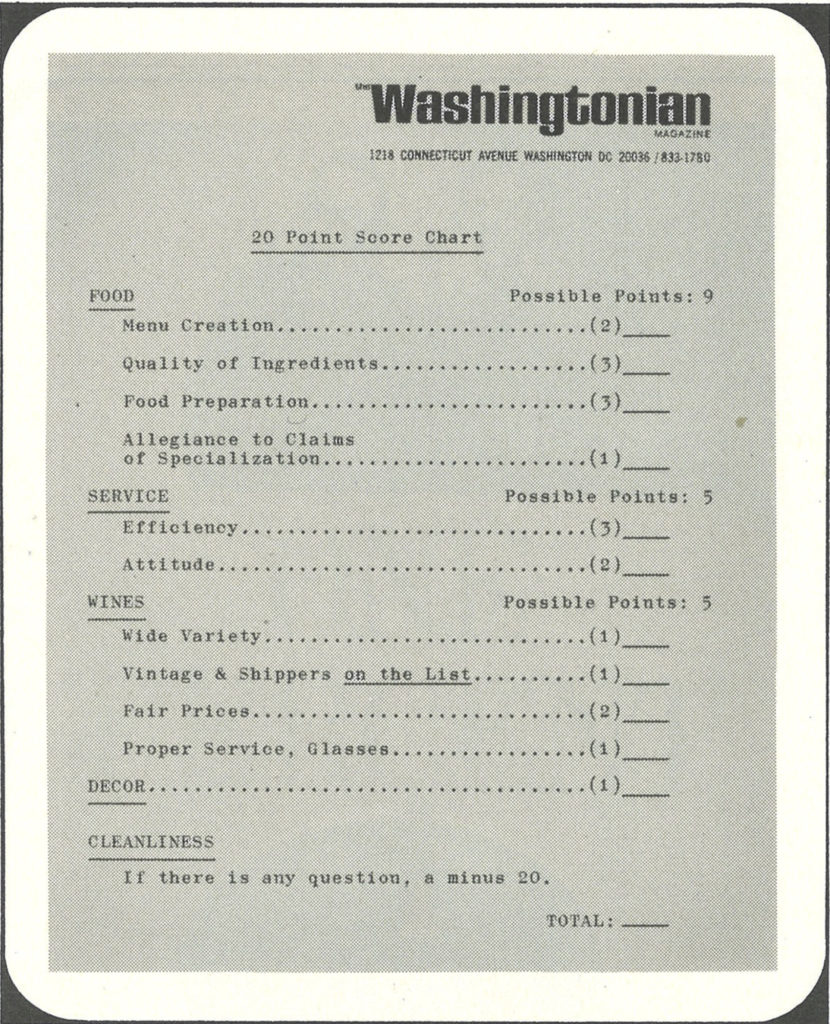
Back then, DC had a reputation as a sleepy town filled with steakhouses and not much else—a cliché our writers were eager to buck. “Newcomers to Washington, especially from Europe and New York […] are fond of saying there are no good restaurants in Washington. Absurd!” the Pursgloves wrote. “There are good restaurants here—citadels of haute cuisine and little hideaways where honest food is honestly offered.”
Alongside their second best restaurants list in April 1969, the Pursgloves published their rubric for evaluating a “good” place to eat. Their 20-point score card included criteria like “allegiance to claims of specialization”—is it authentic?—and “cleanliness.” (“If there is any question, a minus 20.”)
In general, fancy food meant French or Italian fare. If you could afford the price of a meal (and appropriate black-tie attire), the Pursgloves recommended that you spring for baby pheasant with truffle sauce at Nancy Reagan’s favorite, the Jockey Club, or duckling at Rive Gauche. Or you could follow in Jackie O’s footsteps and dine at Le Bistro, where a dinner of smoked rainbow trout or a rack of lamb could set you back anywhere from $4.35 to $7.
The Pursgloves also recommended Yenching Palace, the site of covert Cuban Missile Crisis negotiations, which would serve crispy Peking duck if you ordered in advance. (The Chinese restaurant on Connecticut Avenue, Northwest survived until 2007. Its distinctive Art-Deco building now houses a Walgreens.) If pressed for time, you could dip in for a power lunch at Sans Souci, mere steps away from the White House. (If you dined there in the late ‘60s and early ‘70s, you’d likely see regulars like Ben Bradlee, Henry Kissinger, and Ted Kennedy.)
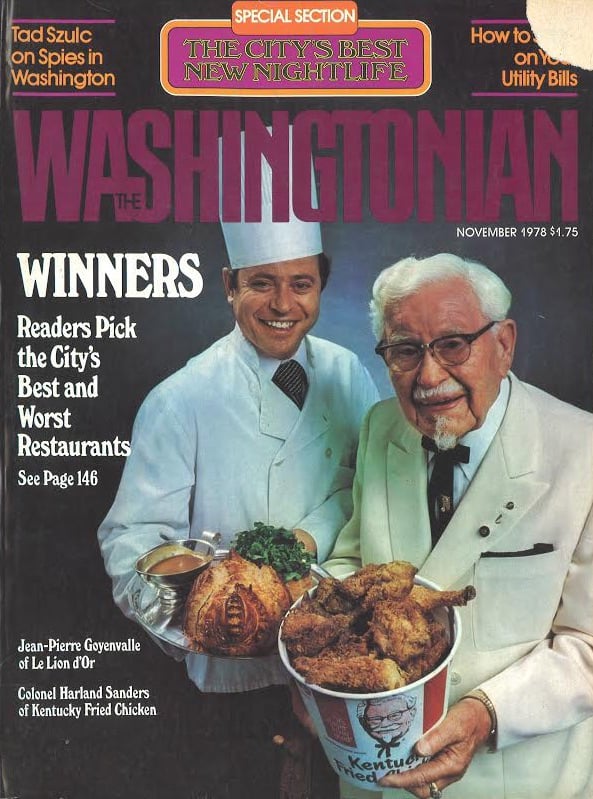
In 55 years of Washingtonian reviews, some restaurants have stuck around.
Many restaurants don’t survive past their first year. But some DC giants stuck it out for decades. In yearly reports on the food scene, Washingtonian food critics tracked the openings and closings of some of the places that transformed DC dining.
In 1979, Jean-Louis Palladin—the youngest chef at the time to be have won two Michelin stars—opened Jean-Louis Restaurant at the Watergate Hotel. Nora Pouillon’s Restaurant Nora, which helped make “farm-to-table” a household phrase, opened the same year.
After a wave of Ethiopian refugees settled in DC in the 1970s, Meskerem opened in Adams Morgan in 1985. (When the establishment closed in 2015, it was the oldest Ethiopian restaurant operating in its original location in the US.)
Of the Pursgloves’ list from 1968, only three establishments have survived to the present day: The Occidental in the Willard Hotel, Old Europe in Georgetown, and L’Auberge Chez Francois. The latter is the only place that appeared on the Pursgloves’ first list that also shows up in our 2020 100 Very Best Restaurants package. (In the ‘60s, it was still just “Chez Francois” in the downtown Claridge Hotel. The French restaurant moved out to its home in Great Falls in 1975.)
Patrick O’Connell and Reinhardt Lynch opened The Inn at Little Washington, another longtime fixture on our lists, in the middle of a snowstorm on January 28, 1978. The fine-dining destination has been in our #1 slot twice, although it didn’t appear on our Very Best list until 13 years after it opened in 1992. That initial review described O’Connell as a pioneer of “what is now called New American cooking” and noted that the menu was priced at $68 most nights and $88 on Saturdays. (In 2020, it’s $248 per person.)
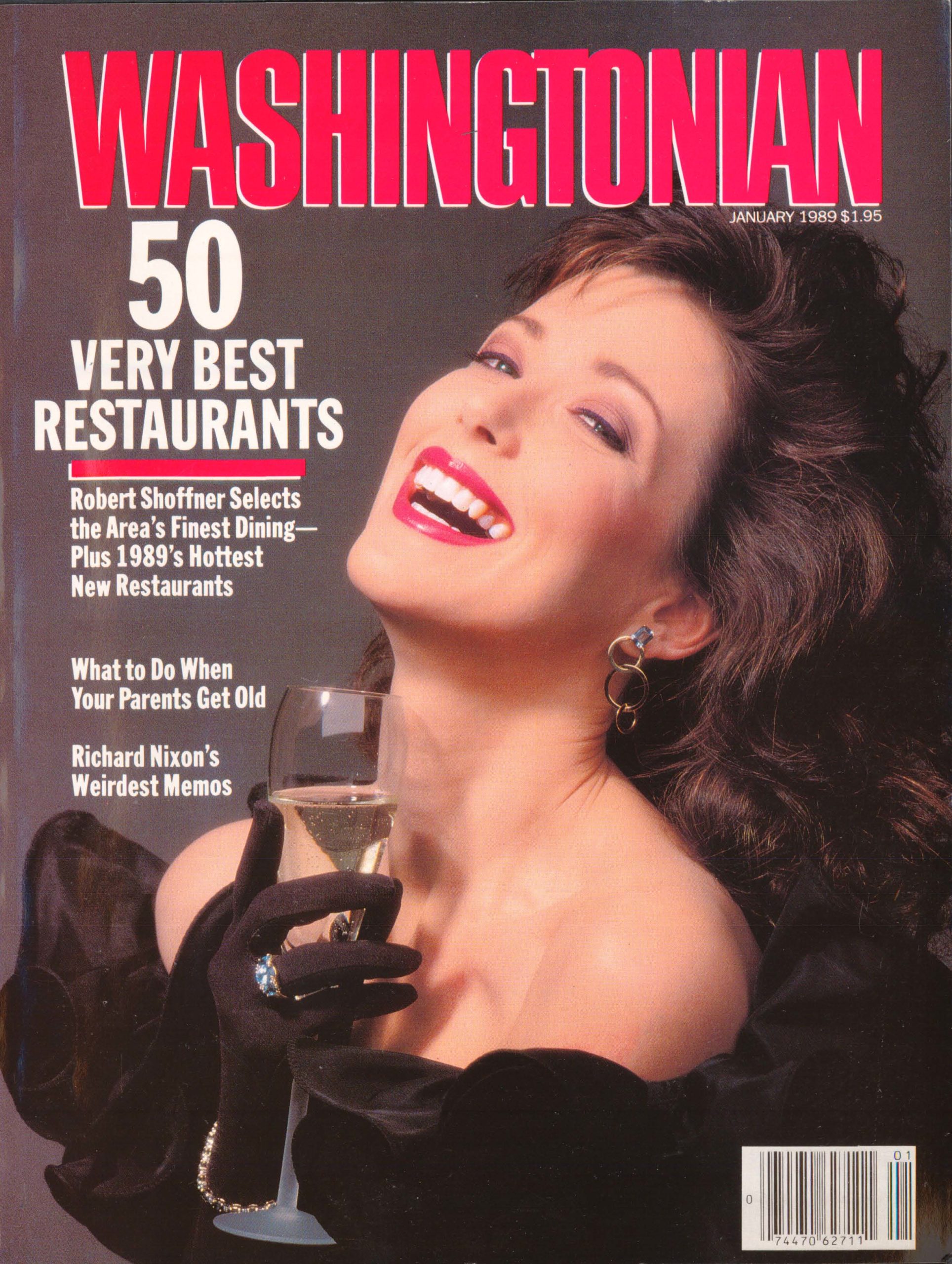
Prices rose, the dining scene diversified, and our critics took notice.
In the 1980s,Washingtonian expanded the list to highlight the 50 best restaurants; it grew to 100 restaurants in 1992. In the early ’90s, as the population of DC and its surrounding suburbs exploded, Washingtonian hired two reviewers—David Dorsen and Thomas Head—to specifically focus on covering Maryland and Virginia restaurants.
“Neckties at dinner have gone the way of spats, and the three-course or four-course dinner has given way to the tapas bar,” our critics wrote in 1994. (José Andrés’s pioneering Spanish restaurant Jaleo opened in 1993, introducing Washingtonians to the small-plates craze.)
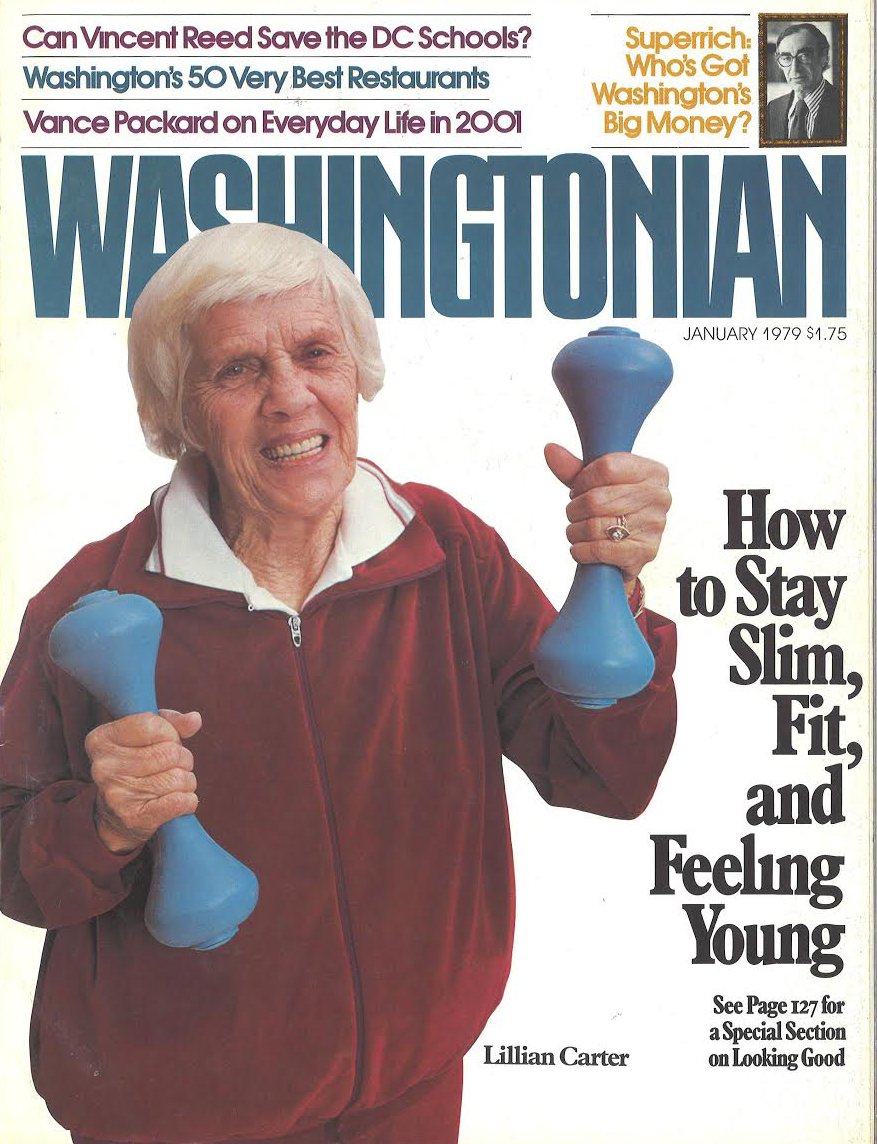
As casual dining options expanded across the region, our critics also took note of the wide variety of cuisines. The dominance of French food waned: in the Pursgloves’ first guide, 29 percent of their recommendations were French. That dwindled to 19 percent in 2000, and then to just 6 percent on our 2020 list. In more recent years, Thai, Italian, Laotian, Ethiopian, Korean, Japanese, Mediterranean, Filipino, and fusion cuisines of all varieties have risen in local prominence.
Since Washingtonian started ranking its top 100 in 2007, Komi, Johnny Monis’ Mediterranean-inspired tasting restaurant has earned the #1 spot five times, more than any other restaurant. Readers might have been shocked in 2015, when the Inn at Little Washington—#1 in 2013 and 2014—dropped to #22 on the list. (It regained its footing the following year at #8.)
Now, the price of “fine” dining continues to climb. Whereas Washingtonian considered a dinner for two over $75 “very expensive” in 1985, a “very expensive” bill in 2020 means you’re dropping at least $200. The market crash of 2008 also spurred our reviewers to prioritize practicality in their rankings. “Because of the times, we put a higher premium than usual on value, bearing in mind that an inexpensive restaurant isn’t necessarily a great value,” they wrote in January 2009.
“The old divisions are being erased. The old hierarchies are crumbling,” critic Todd Kliman wrote in 2010. “Everything is blurring. City and suburb. Formality and informality. Upscale and downscale. Appetizers and entrees. Our notions of what a restaurant is, of what dining out is, are changing.”
Funny—the same could be said in 2020.
Washingtonian’s #1 restaurants since 2007
2007 – Citronelle
2008 – Citronelle
2009 – Komi
2010 – Komi
2011 – Komi
2012 – Komi
2013 – Inn at Little Washington
2014 – Inn at Little Washington
2015 – Komi
2016 – Fiola Mare
2017 – Pineapple and Pearls
2018 – Métier
2019 – Minibar
2020 – Anju
Hannah Good contributed reporting to this story.

